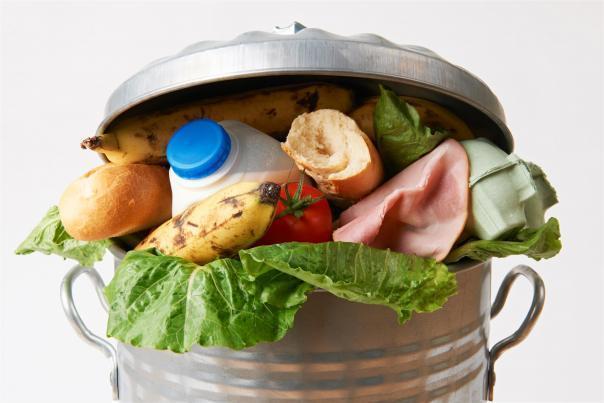
The latest data from WRAP shows that household food waste decreased by 9% between 2021 to 2022. WRAP says this was caused by Covid-19 restrictions lifting meaning less food was eaten at home in 2022, and the rise of food prices during this period of time.
The greenhouse gas emissions relating to household food waste in 2022 were the equivalent to 16 million tonnes of CO₂. Household food waste prevention has been identified as a key action area to meet Net Zero.
WRAP’s estimate (2022) of the food waste from UK households stands at 6 million tonnes. This includes food in waste streams collected by local authorities, going down the sewer and home composted.
Of this total, 4.4 million tonnes were edible food with the remaining 1.6 million tonnes inedible parts such as eggshells, bones and fruit peel. Despite this reduction in food waste, UK shoppers are still spending £17 billion on food that is thrown away, which is an average of £1,000 a year for a household of four people.
Catherine David, WRAP chief executive, said: “While collaboration through WRAP’s UK Food and Drink Pact has propelled the UK in the field of food waste prevention, it took the end of a pandemic and a cost-of-living crisis to get faster impact.
“This is a wakeup call that we all need to act: here in the UK to meet our targets, and through global co-ordination to share expertise and ensure this crucial area is a higher priority and is adequately funded. This is imperative if we are to continue reducing household food waste at scale.”
Ten food waste facts according to WRAP. Every day in UK homes we waste:
- 1,300 tonnes of potatoes, which is equivalent to 8.2 million potatoes.
- 190 tonnes of carrots, which is equivalent to 3.5 million carrots
- 130 tonnes of bananas, which is equivalent to 1.1 million bananas
- 130 tonnes of tomatoes, which is equivalent to 1.6 million tomatoes
- 190 tonnes of apples, which is equivalent to 1.3 million apples
- 46 tonnes of oranges, which is equivalent to 410,000 oranges
- 81 tonnes of onions, which is equivalent to 820,000 onions
- 50 tonnes of ham, which is equivalent to 2 million slices of ham
- 960 tonnes of bread, which is equivalent to 24 million slices or 1.2 million loaves
- The equivalent of 2.3 million glasses of milk
Access the full report below.